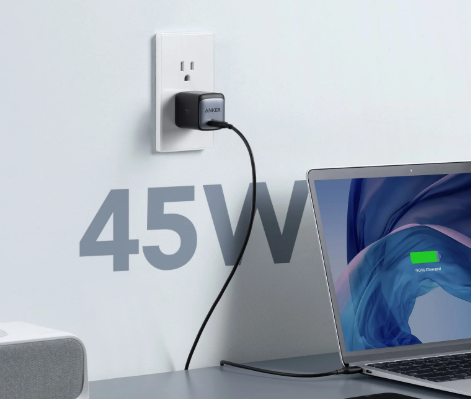
Not all phone chargers are created equal, and choosing the right wattage can dramatically affect how efficiently your device powers up. A charger that’s too weak leaves you tethered to the outlet for hours, while unnecessarily high wattage might be overkill for your device. The right balance lies in knowing what your smartphone supports, how you use it, and the type of charger that best fits your lifestyle. In this article, let’s break down the key factors to consider when selecting the right charger wattage.
Key Considerations for Picking the Right Charger Wattage
Choosing the right wattage involves more than just grabbing the highest number. Here’s what you should look for when matching your phone with the perfect charger.
Check Your Phone’s Maximum Supported Wattage
Every phone has a limit on how much power it can accept. For instance, many modern iPhones peak at 20W fast charging, while flagship Androids may support 45W or even 65W. Buying a 100W charger won’t make your iPhone charge faster, but it ensures compatibility across multiple devices. Anker’s Nano Charger 100W is a great choice if you want a single solution for both your phone and a laptop.
Factor in Multi-Device Charging Needs
If you plan to charge more than one device simultaneously—say, a phone, earbuds, and a tablet—you’ll need higher total output. A 20W brick may be enough for one phone, but a 140W Anker Charger (4-Port) balances multiple devices at once, intelligently distributing power without compromising speed. This way, you can keep your phone fast-charging while still topping up accessories.
Consider Future-Proofing Your Setup
Phones evolve quickly, with charging speeds climbing each generation. Choosing a charger with slightly higher wattage than your current device requires ensures you won’t need a replacement next year. For example, the Anker Prime 250W GaNPrime is overkill for a single phone but perfect for users who plan to upgrade or already juggle phones, tablets, and laptops.
Pay Attention to Fast-Charging Standards
Wattage is only part of the equation; the phone charger must also support your device’s fast-charging protocol. Apple devices use USB-C PD (Power Delivery), while many Androids rely on PD or proprietary systems. Many Anker USB-C chargers are PD 3.1 certified, ensuring broad compatibility across both ecosystems, so you won’t have to worry about mismatched speeds.
Balance Size, Portability, and Power
Higher-wattage chargers tend to be bulkier, but GaN (Gallium Nitride) technology now makes them far more compact. For instance, the Anker Nano 100W USB-C charger is pocket-sized but charges a MacBook and phone with ease. If you travel often, prioritize a portable charger that blends portability with enough wattage for all your essentials.
Safety Features for Peace of Mind
Fast charging generates more heat, so safety becomes critical at higher wattages. Look for certified chargers for your phone with built-in protections like Anker’s ActiveShield™ 2.0, which monitors temperature over 3 million times per day. This ensures your phone charges quickly without damaging the battery over time.
Final Thoughts
Selecting the right charger wattage depends on your phone’s maximum supported speed, whether you charge multiple devices, and your future tech plans. A 30W charger is enough for many casual users, but 45W–100W provides versatility for faster Androids and multi-device setups. For professionals or power users, high-wattage multi-port chargers, like the Anker Prime 250W GaNPrime charger, offer unmatched flexibility. By balancing speed, safety, and portability, you’ll have a good charger that fits your lifestyle now and in the years to come.




